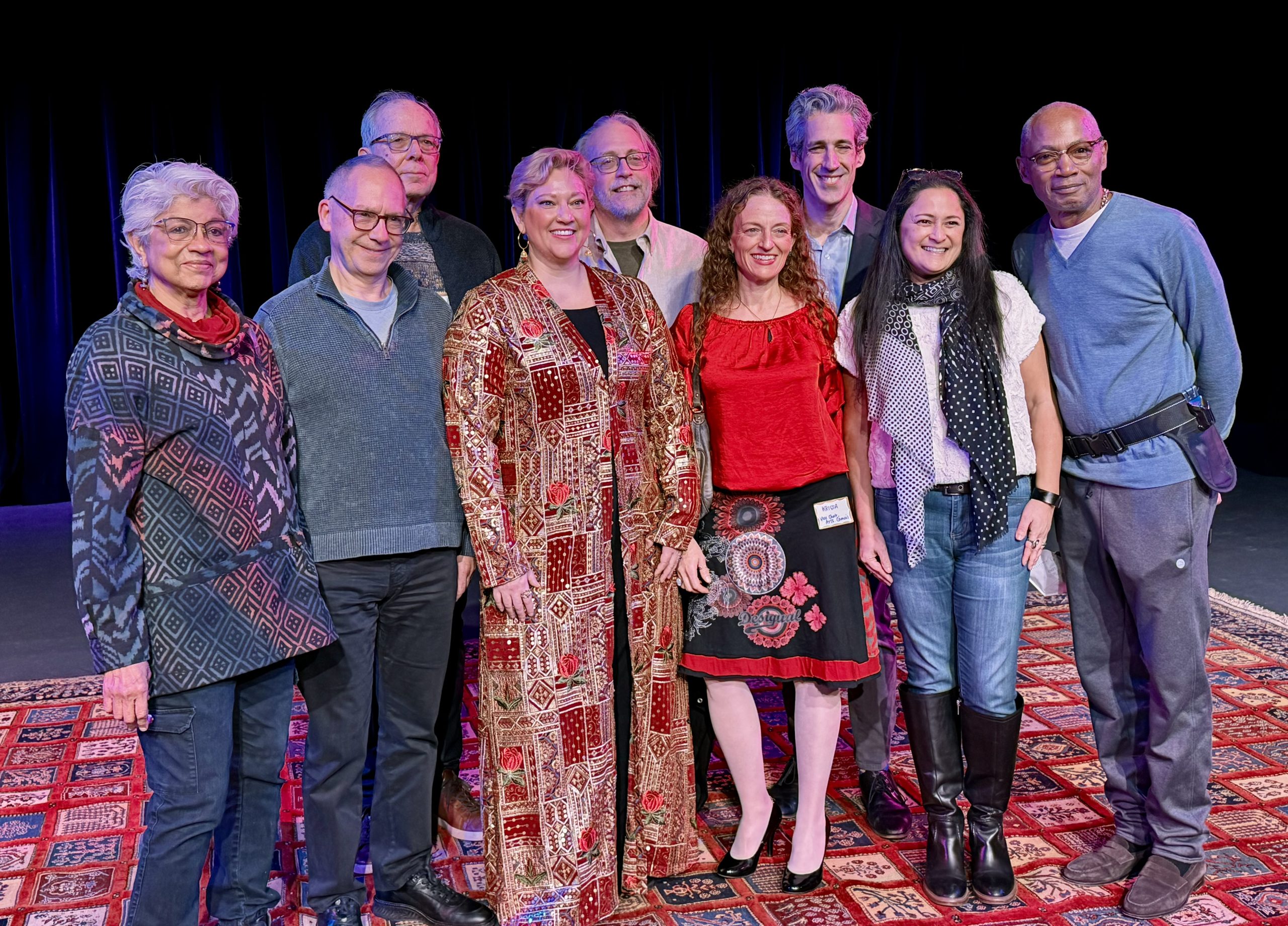
Feedback compiled by the the Evanston Arts Council and submitted to the city and its Land Use Commission suggests that the Envision Evanston 2045 plan prioritize connection-building and arts investment in its arts and culture section.
The council’s suggested changes represent three ideas: making community-building equal to placemaking, supporting arts activities in all wards on a city-wide basis, and prioritizing more investment in the arts from local government and businesses.
According to the council’s memo, this investment is vital to keeping and expanding Evanston as a regional arts center and cultural destination that serves diverse interests.
“One of my goals is to make sure that our language and the language that’s in our mission statement is reflected almost verbatim in this section,” said Richard Cándida-Smith, incoming Arts Council chair, at the group’s Jan. 21 meeting. “As we go forward over the next two years, maybe the next five, with specific proposals to the city, we can then defer not only to our mission statement but also to the Envision Evanston plan.”
A number of groups and individuals submitted feedback on the Envision Evanston draft plan, resulting in a 63-page “comment addendum” of input made available at the city’s Land Use Commission meeting last week.
What’s in the edits
Readers can view the draft plan here (the arts and culture section starts on page 94) and compare it to the memo of edits from the Evanston’s Arts Council.
The first suggestion in the formalized memo is changing the title of the section in question from “Placemaking, Arts, and Culture,” to “Arts and Culture: Community Building, Placemaking, and Connection Making.”
The Arts Council also suggested adding several paragraphs on community building in the introduction of this section. The introduction already includes several paragraphs on placemaking and arts and culture.
This suggested paragraph details the history of Evanston as a place for artistic expression and connection, and the necessity of these for community building.
“Art plays a crucial role in expressing the diverse beliefs, traditions, and experiences found in every community,” the memo reads. “Since the core of successful cultural work is human-to-human contact, the arts have a central role in critical community building.”
The memo also proposes an additional paragraph in the arts and culture portion of the introduction. This suggested copy emphasizes allowing more opportunities for flexible art installations like pop-ups and easier access for street performances.
The next string of suggested edits amends or adds to the policy statements to reflect promoting flexible art opportunities, supporting arts partnerships and increasing investment in the arts.
A number of line edits to the actions on these policies in the memo support the changes to the policy statements.
One longer suggestion explicitly states that the city should “mandate new construction projects dedicate a percentage of the budget for art in public spaces.”
These suggested edits are in line with the Arts Council’s priorities discussed at previous meetings, especially including advancing partnerships.
